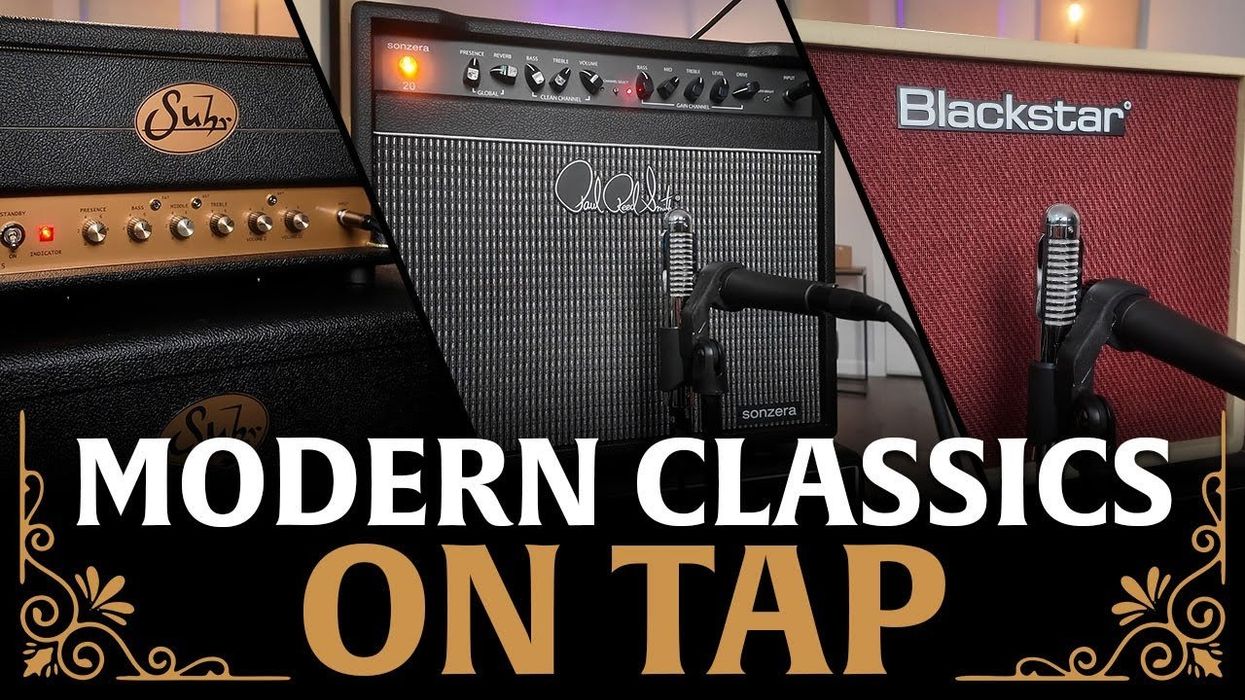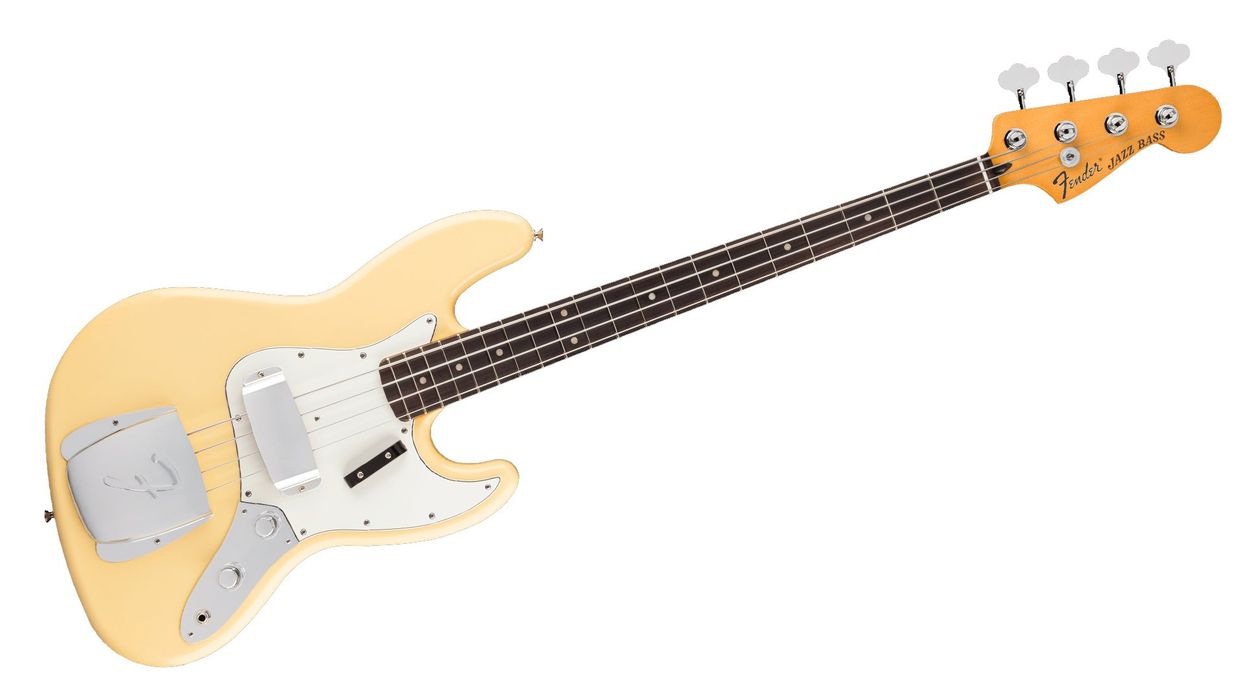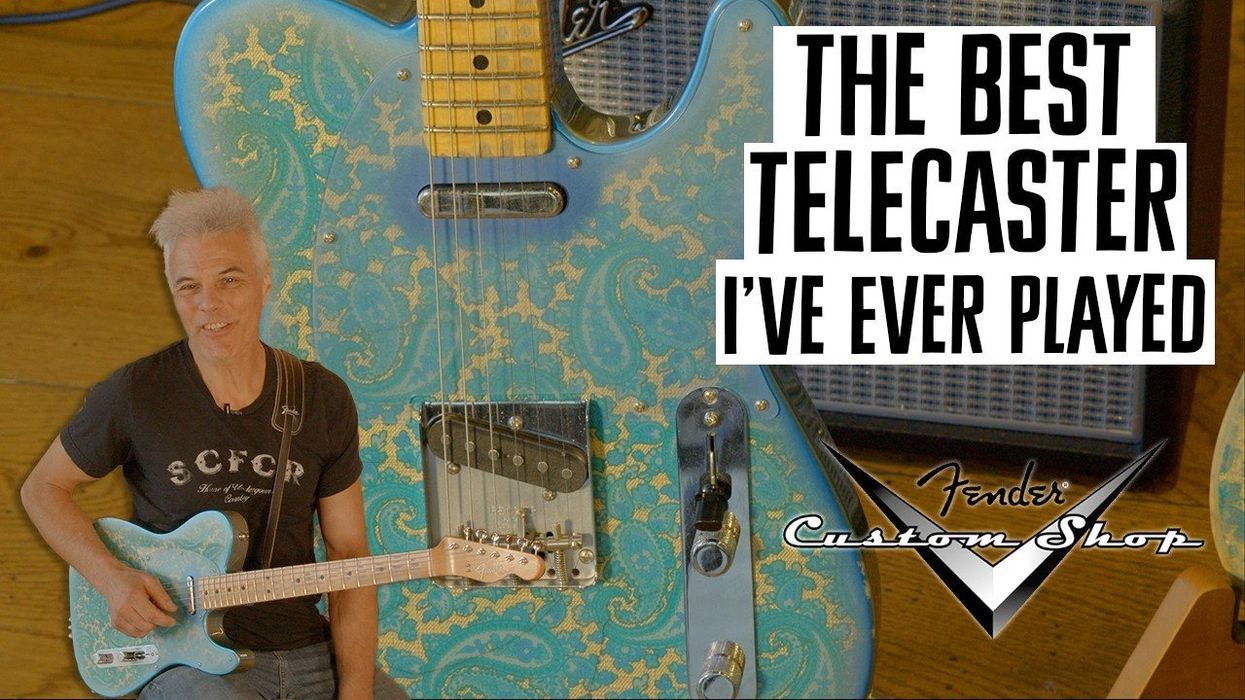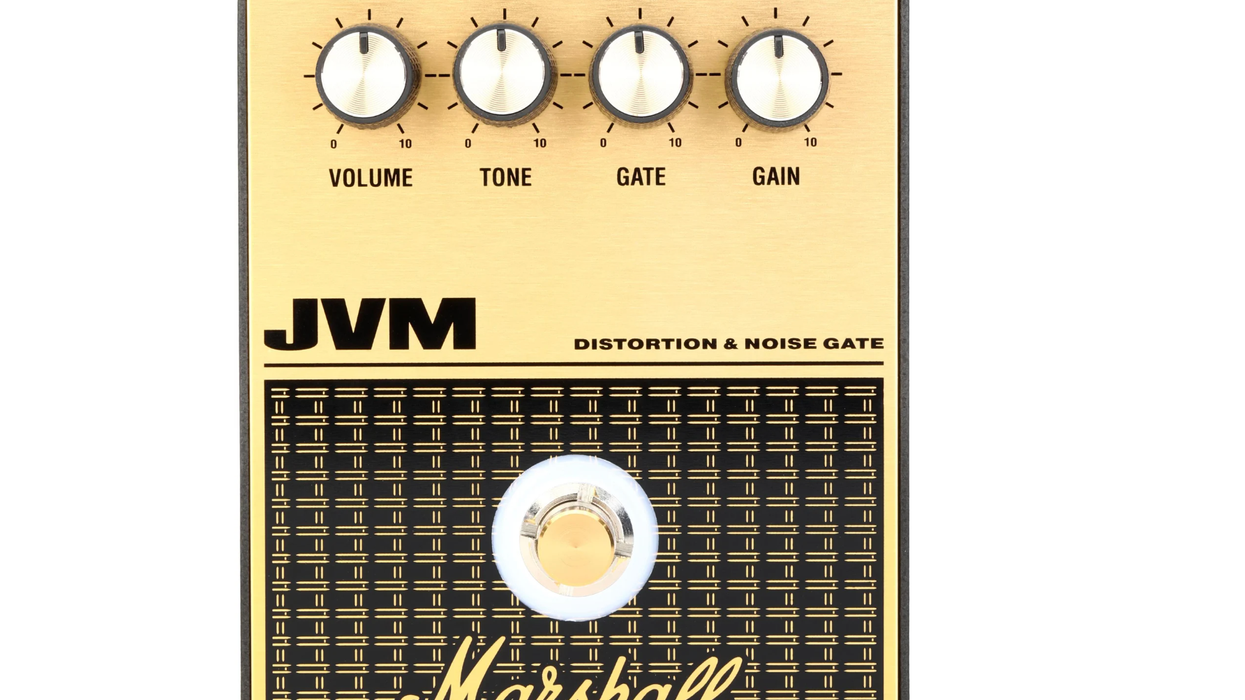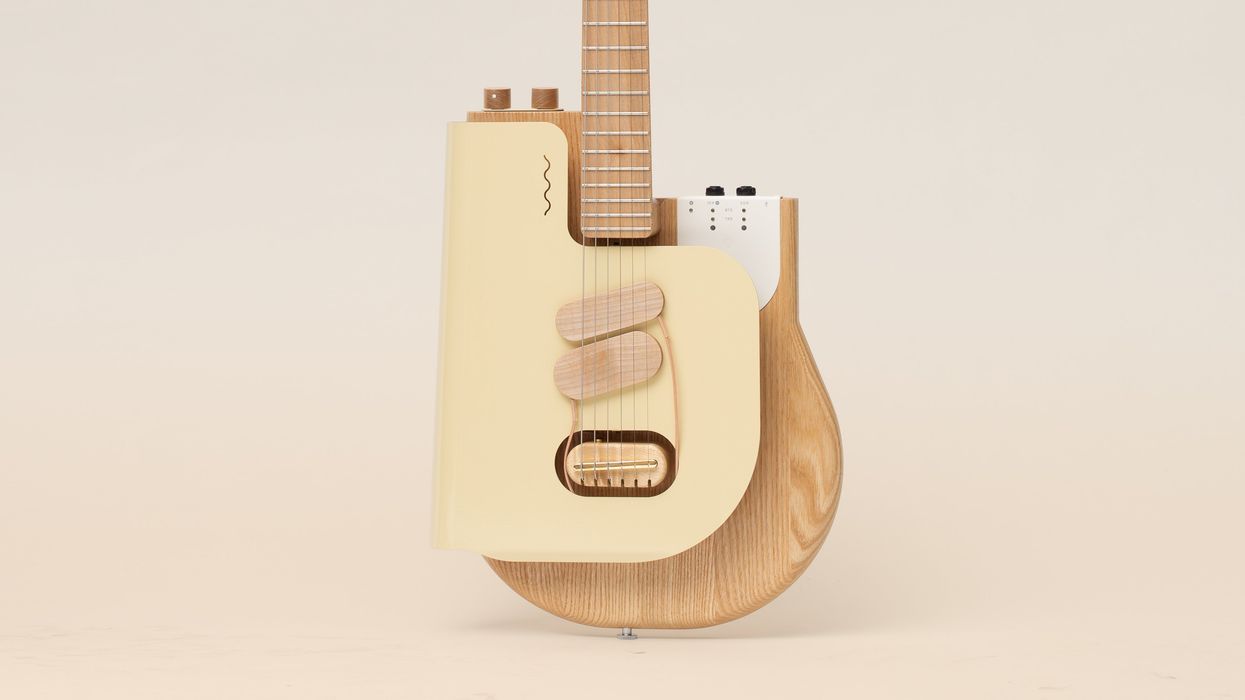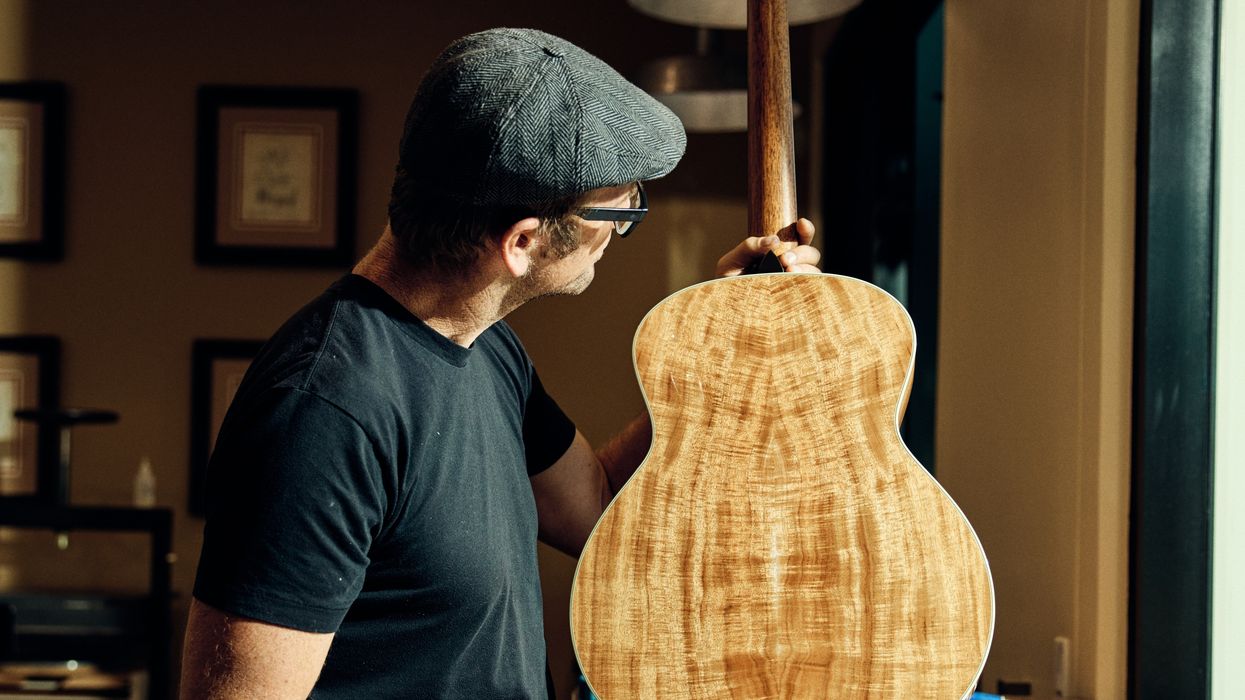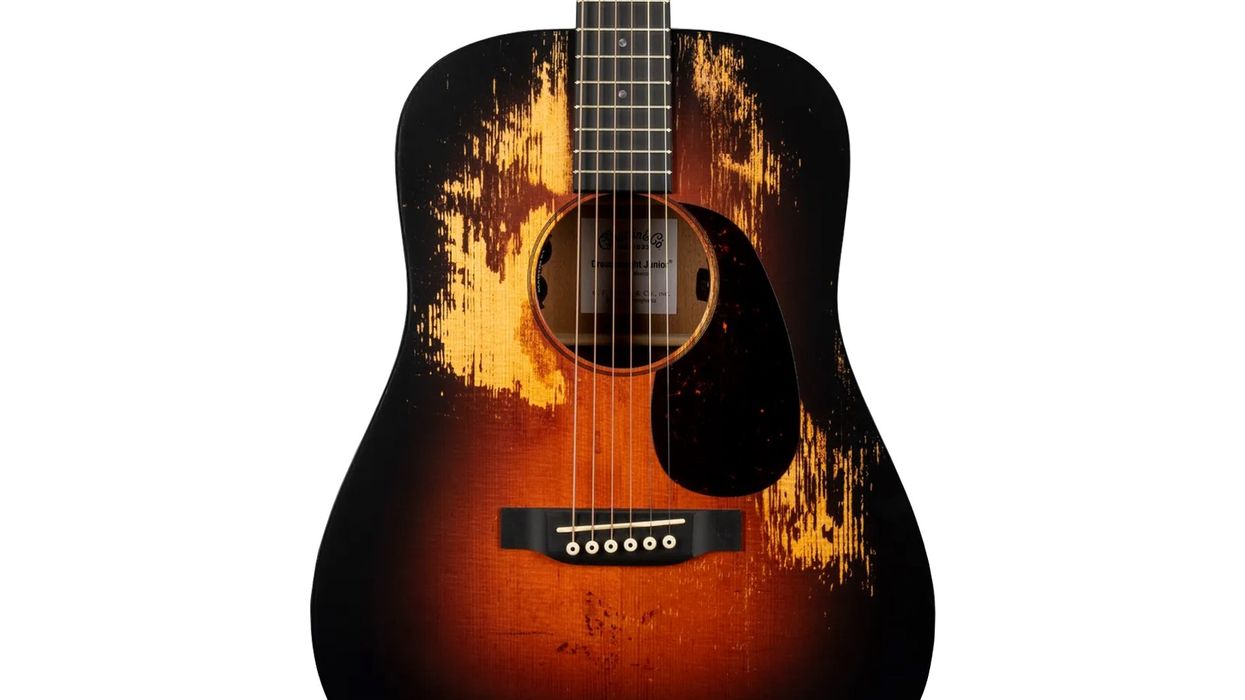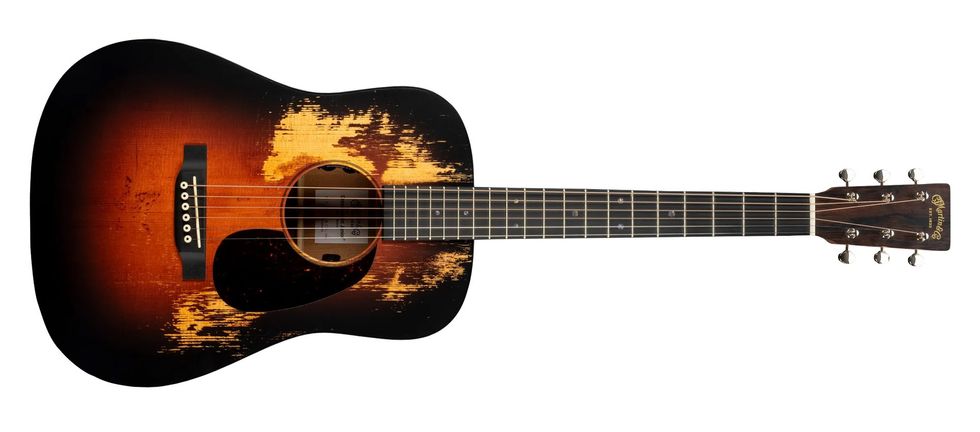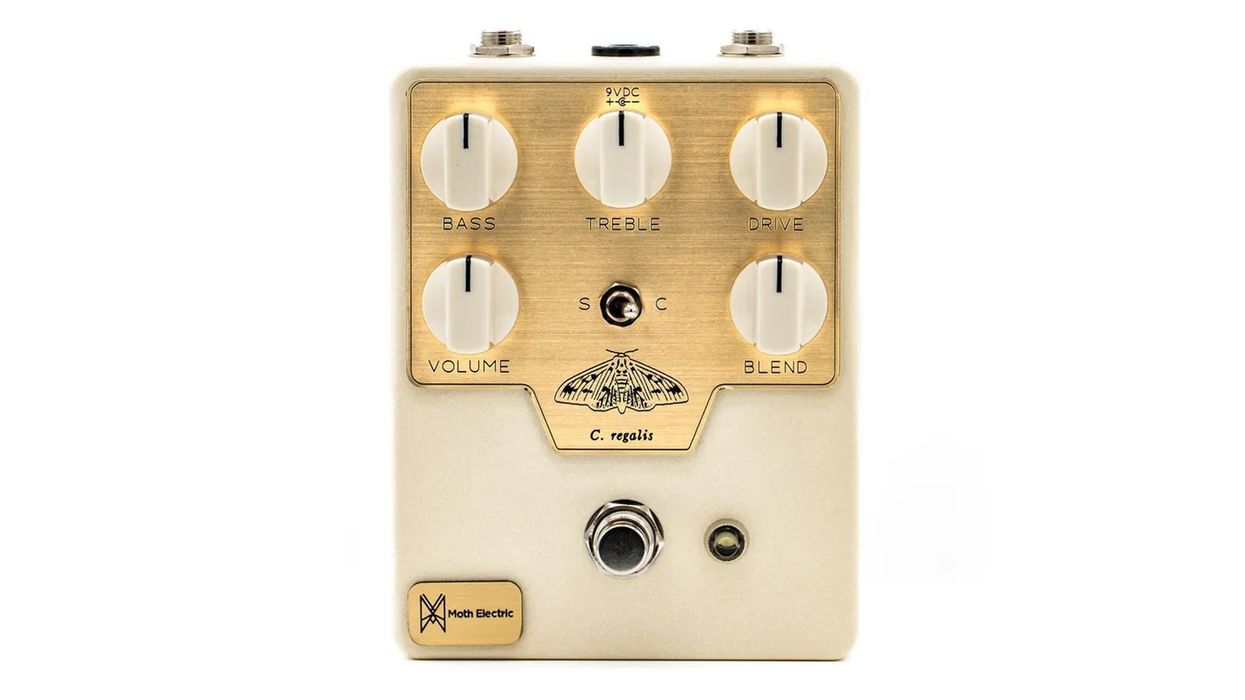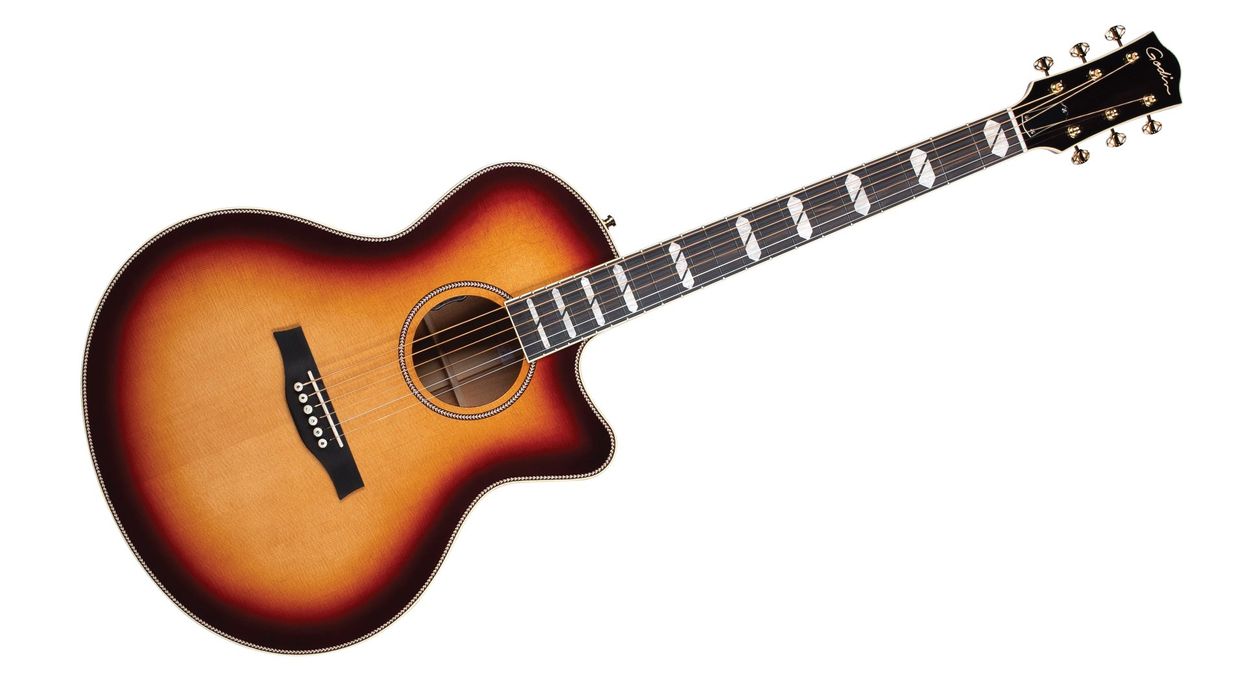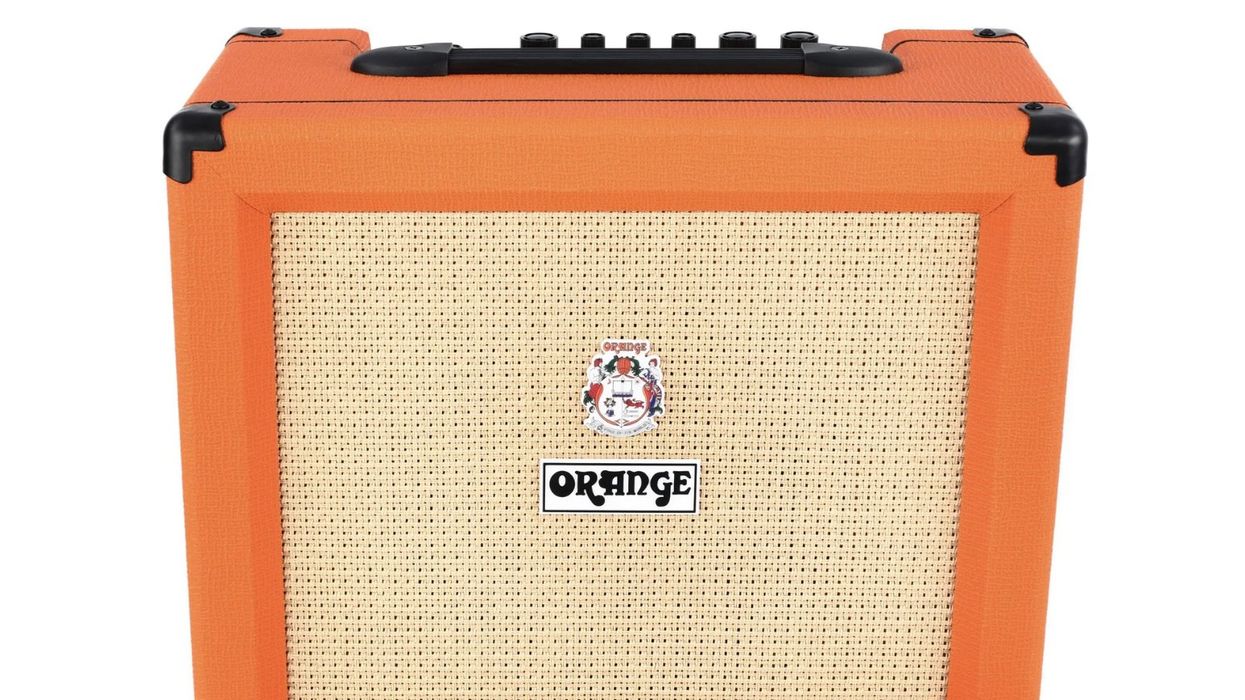The Premier Guitar crew is spoiled when it comes to hanging out with nice flattops. But while those too-brief encounters with acoustics we can’t afford teach us a lot about the flattop at its most refined, they also underscore a disconnect between the cost and the acoustic guitar’s status as a true folk instrument of the people.
Guild’s OM-320, from the company’s new 300 series, sells for $299, which isn’t much more than a good-quality, entry-level flattop cost in the 1980s. Strikingly, there’s a lot of competition in this price class. Even so, the OM-320’s nice build quality and pretty tone in fingerpicking applications stand out in a very crowded price segment.
The United Guild of Deal-Seeking Pickers
Though Guild, in all its incarnations, has always made accessible guitars a part of their offerings, a $300 instrument with the company’s logo might give pause to players familiar with guitars from their various U.S. factories. Quality can be hit-or-miss on any guitar from any brand at the entry level. What’s more, a lot of guitars with different brand names come from just a few OEM facilities—lending a certain sameness on top of irregular quality. But the recent acquisition of Guild by Yamaha, who has a reputation for solid entry-level instruments, inspires confidence as far as these concerns go.
So, too, does the integrity of the OM-320 at the nuts-and-bolts level. I couldn’t find any overt lapses in quality control. And in many spots where that really counts, like the fretwork, the execution is especially good. Little details like the Guild logo overlay (rather than a simple decal) add a soupçon of luxury. So do the Guild-branded, Grover Sta-Tite-style butterbean tuners, which look stylish and feel sensitive and accurate.
“The neck inhabits a comfortable zone between C and D shapes that’s super agreeable and, at least in my case, a nice antidote for hand fatigue.”
Though the body is built from layered mahogany on the back and sides and a solid mahogany top, the latter is much lighter and amber- or honey-toned than the rich cocoa-hued mahogany tops you’d associate with a vintage Guild M-20, or, for that matter, the M-120 from the company’s contemporary Westerly line. As a result, you see a little more contrast in the grain and a little dimpling in certain sections of the wood. The lighter wood isn’t unattractive, it just looks less trad, if you’re chasing Nick Drake’s Bryter Layter style. If that’s important, you should adjust the “design/build” score appropriately.
Sit and Stay Awhile
Barring being covered in porcupine spines, almost any OM or 000 will qualify as a pure-comfort title finalist. It’s not too thick, too wide, nor too petite—a size and profile that also pays unique, civilized sonic dividends. Here, the OM body is complimented by a neck that feels like an especially natural match. I don’t have a bunch of inexpensive OMs on hand to compare, and there isn’t anything wildly unique about the shape, but the neck profile feels very proportionate to the body. It also, depending on your own sense of such things, inhabits a comfortable zone between C and D shapes that’s super agreeable and, at least in my case, a nice antidote for hand fatigue. The neck is not classically OM-like in terms of nut width. The M-320’s nut measures 1 13/16", which is typical of a 000, rather than the 1 3/4" associated with OMs. The extra width, of course, would make the guitar more appealing to some fingerstylists that need the space. At no point, however, did I feel anything close to cramped; it’s just very comfortable.
The combination of layered back and sides, OM/000 dimensions, and mahogany mean the OM-320 feels and sounds less than super-widescreen in terms of tone spectrum and power. Nevertheless, it sounds balanced and pretty—particularly with a droning, dropped 6th string and other more-elastic tunings where the guitar can exercise the lower extremes of its voice. Tuning to standard has the effect of highlighting midrange emphasis, which can get boxy and render the 3rd and 4th strings a bit less potent and present. That said, it’s still balanced and almost never collapses into a distorted harmonic blur. The bottom end maintains an appealing growl and, as long as you use a gentler picking approach, you can use the highest four strings in very dynamic ways. Using a capo emphasizes other cool, high-mid-focused voices in the guitar that coexist well with most strumming approaches.
The Verdict
Inexpensive guitars that feel great can make up for a lot of shortcomings in tone. But the OM-320’s deficiencies in the latter regard are few, and some perceived limitations, like midrange emphasis, are intrinsic to guitars with OM dimensions. So, while forceful strumming is not the OM-320’s strength, the comfortable playability might just lead you to those places anyway. And if you compensate accordingly with touch dynamics, you can conjure many sweetly chiming tones that might sound extra sweet given the bargain price



